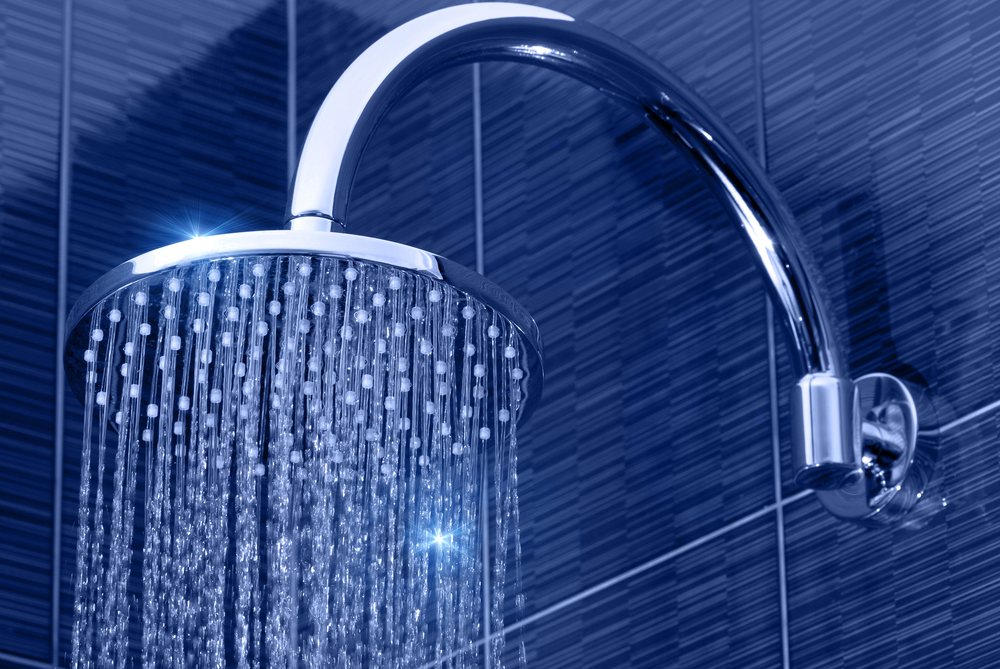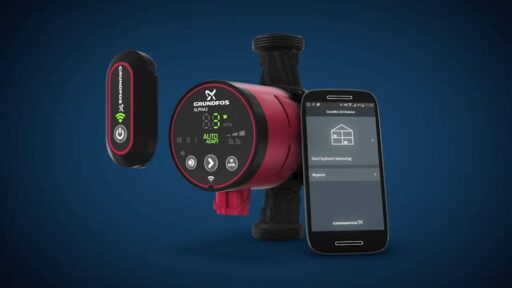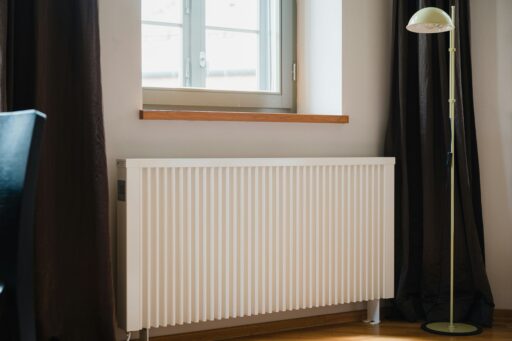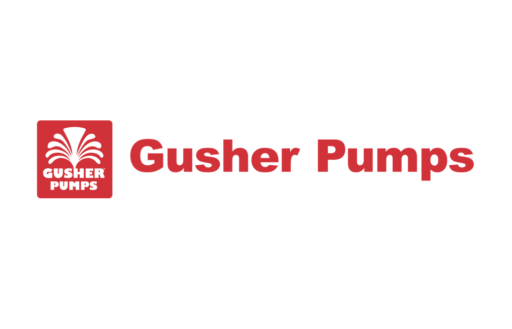If the water flow from your shower is more of a trickle than a storm, then you may need to boost it with a pump. However, shower pumps come in both negative and positive types, so how do you know which you need?
The choice of positive or negative head pump depends on the water system you have in your house. Here’s a guide to understanding the differences.
Positive Head Pumps
A positive head pump is designed to be fed by gravity. It therefore needs a distance, known as a ‘head’, of at least a metre (three feet three inches) between the bottom of the cold water cistern and the pump. The gravity feed serves to kick-start the pump, which then pushes water to the shower.
Negative Head Pumps
A negative head pump is used where the pump will be situated either level with or above the cold water tank. It then sucks water from the tank to feed the shower. This type may be needed in bungalows, for example, where there is insufficient head below the tank. In either case, the position of the hot water cylinder doesn’t matter.
Note that that you need an open-vented hot and cold water supply for both of these pump types. This means that neither of these pump types is suitable for combi boiler systems where there’s no stored hot water. For those situations, you would need to look at installing a home boost pump in order to increase the water pressure throughout the property.
Impellers
It’s also important to understand the number of impellers the pump needs to have. There are single and twin impeller types. A single impeller pump is often used to pump the hot water side of a supply where the cold side is fed by mains pressure. Alternatively, where the hot and cold tanks are widely separated, one single impeller pump may be used on each feed.
A twin impeller pump, on the other hand, is designed to pump both hot and cold water. Mostly these are used on positive head systems and need to be mounted level with the base of the hot water cylinder. A twin impeller pump will produce an even pressure from both sides of the supply and deliver a more controllable mixing ability.
Centrifugal or Regenerative
One other consideration is whether to use a centrifugal or regenerative pump. Regenerative pumps are the most common option, as they’re cheaper and easier to install. They’re also less likely to be affected by the air that can become trapped above the water in the hot cylinder.
On the other hand, a centrifugal pump is more efficient. It’s also quieter in operation so would be the preferred choice where noise is an important factor.




